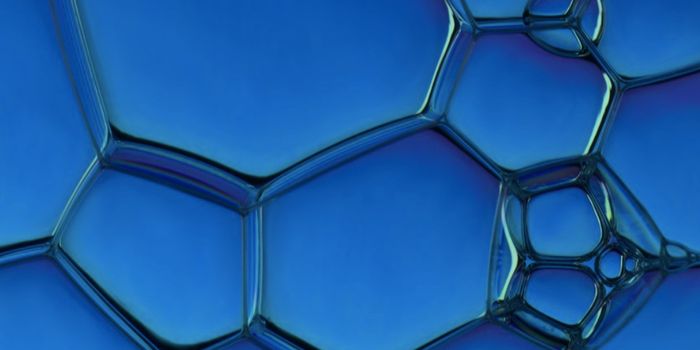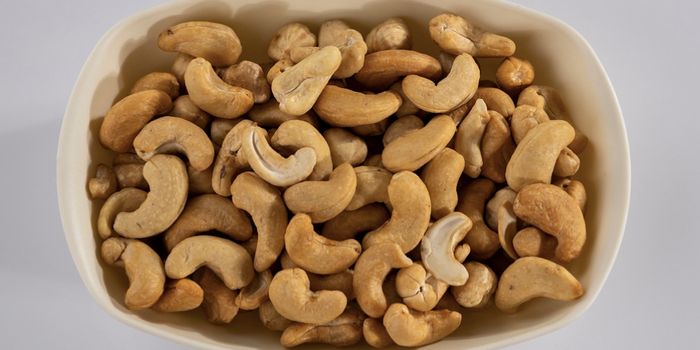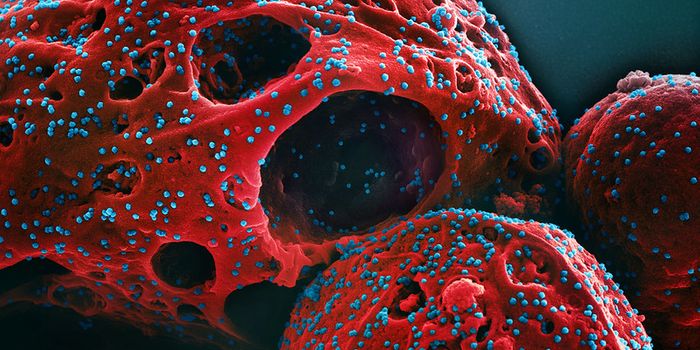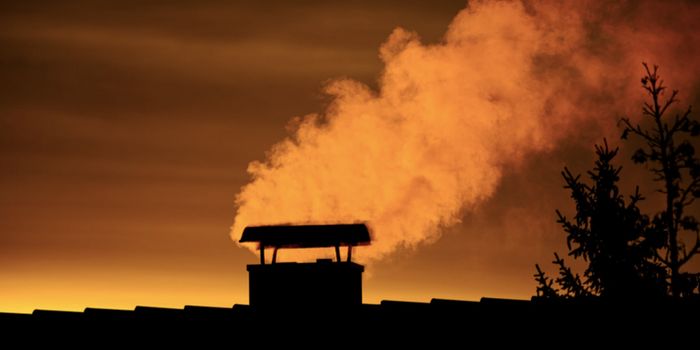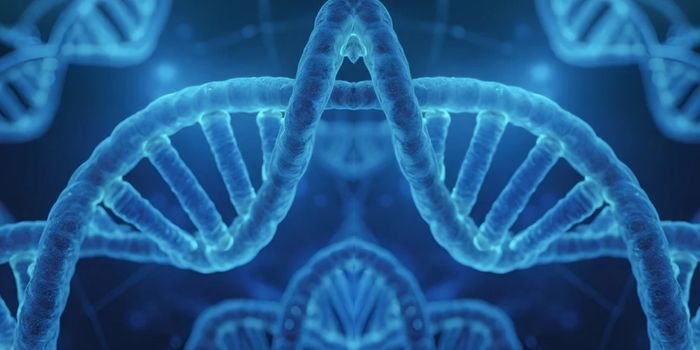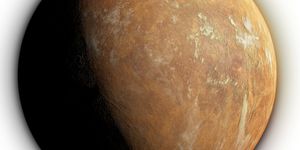Rare Atacama Rainfall Events Devastate Microbial Life
Northern Chile is home to the driest place on Earth, the Atacama Desert. The average yearly rainfall is only 15 millimeters (1.5cm), and in an extremely dry part of it, the ‘hyperarid core,’ there had been no rainfall for 500 years - until about three years ago. Rain began to fall in the area, and researchers have found that the unexpected precipitation has had a devastating impact on the local microbial life. Microbes that were adapted to a very arid environment could not handle a sudden influx of torrential water. The findings have been published in Scientific Reports. The video below describes one of these rare rain events, and the ensuing flower blooms it caused.
"Our group has discovered that, contrary to what could be expected intuitively, the never-before-seen rainfall has not triggered a flowering of life in Atacama, but instead the rains have caused enormous devastation in the microbial species that inhabited the region before the heavy precipitations,” explained study co-author Dr. Alberto G. Fairén.
"Our work shows that high rainfall has caused the massive extinction of most indigenous microbial species. The extinction range reaches 85 percent as a result of the osmotic stress that has caused the sudden abundance of water: the autochthonous microorganisms, which were perfectly adapted to thrive under conditions of extreme dryness and had strategies optimized for the extraction of the scarce humidity of their environment, have been unable to adapt to the new conditions of sudden flooding and have died from excess water,” added Fairén.
This research can also provide some insight into how microbial life might have evolved on Mars. It is an extremely dry planet and in ancient time, had catastrophic flooding.
"Mars had a first period, the Noachian (between 4.5 and 3.5 billion years ago), in which there was a lot of water on its surface," said Fairén. "We know this from the enormous amount of hydrogeological evidence still present in the Martian surface, in the form of ubiquitous hydrated minerals, traces of dried rivers and lakes, deltas, and perhaps a hemispheric ocean in the northern plains."
Somewhere around 4 billion years ago, Mars lost its atmosphere, and all the water on the planet dried up. “But at times during the Hesperian period (3.5 to 3 billion years ago), large volumes of water carved its surface in the form of outflow channels, the largest channels in the Solar System.”
As the planet desiccated, it may have undergone processes that are similar to what we can observe at Atacama. “If there were still microbial communities withstanding the process of extreme drying, they would have been subjected to processes of osmotic stress similar to those we have studied in Atacama,” explained Fairén.
"Therefore, our Atacama study suggests that the recurrence of liquid water on Mars could have contributed to the disappearance of Martian life, if it ever existed, instead of representing an opportunity for resilient microbiota to bloom again,” added Fairén.
This work also shows that huge nitrate deposits at Atacama indicate that our planet has long dry periods in its past. The nitrates were primarily found in former lake beds and valley bottoms, left behind by occasional rain from around 13 million years ago. Those nitrates are a valuable food source for microbes. They may also be similar to nitrate deposits found by Curiosity, the Mars Rover. Previous work by Fairén and colleagues showed that short periods of wetness on early Mars could explain that martian mineralogy.
The video above from NASA describes the mission of the Curiosity Rover, and its recent discovery of ancient organic material on Mars.
Sources: AAAS/Eurekalert! via CSIC, Scientific Reports

